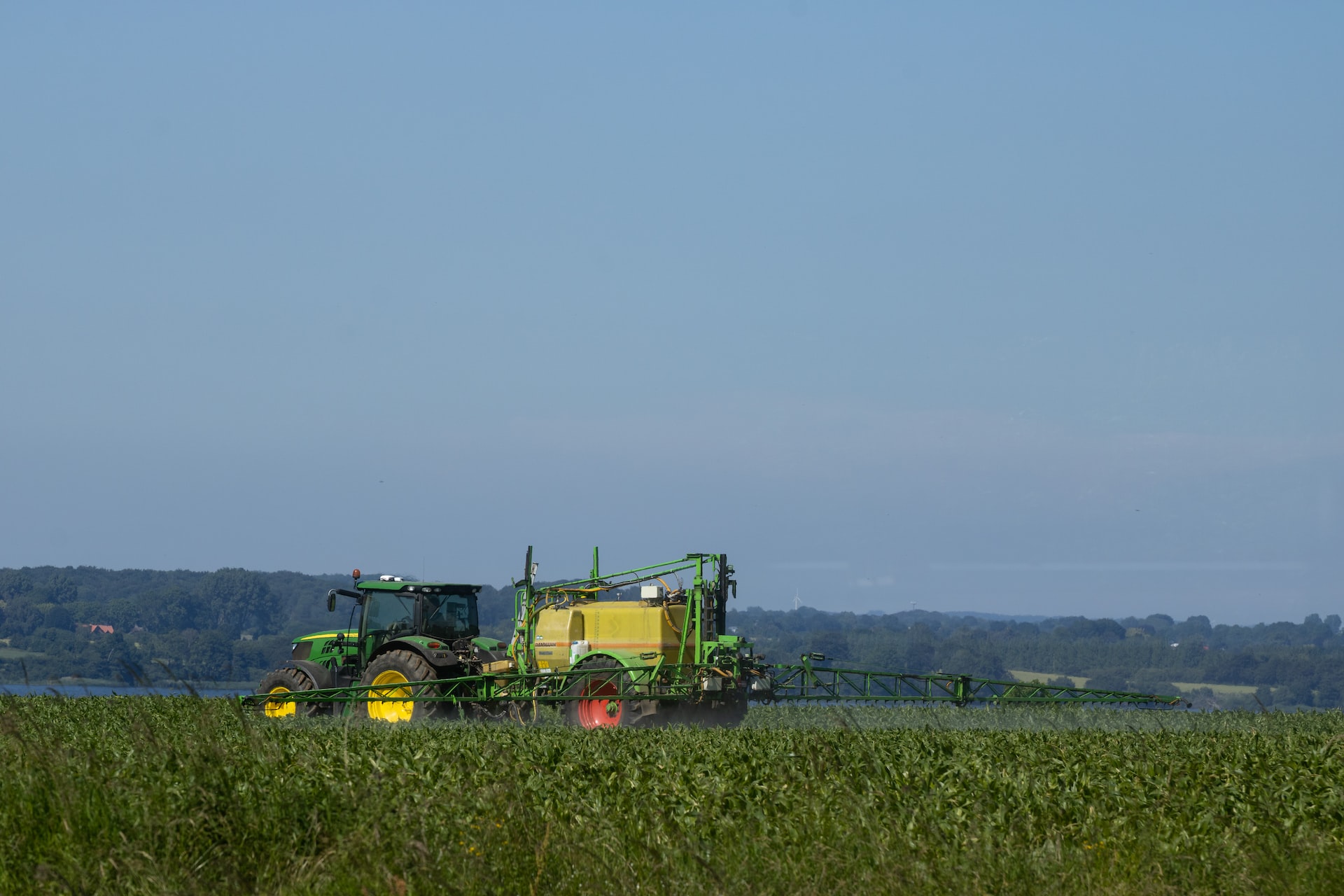By Isabel Schmidt
The debate over the safety of genetically altered foods has been present since their inception in the 1990s. Indeed, genetically modified organisms (GMOs) have often been viewed as being ‘unnatural’. Greenpeace went as far as to destroy a field of GM corn in Norfolk in 1999, but the defendants were later acquitted by a sympathetic jury in a landmark trial. Yet, the advent of newer gene editing technologies like CRISPR-Cas9 (where a nuclease and guide RNA are used to specifically cleave DNA and remove or insert genes) has expanded the field of genetically altered foods worldwide. Despite distinctions between the historically-used method of gene modification and these new gene editing technologies, the use of GMOs continues to be viewed as dangerous by the public.
Genetic Modification versus Gene Editing
First, some definitions. Genetic modification refers specifically to the identification of desirable traits in an organism followed by the copying and insertion of these pieces of information into a new organism. Gene editing, on the other hand, refers to the process of snipping out and removing specific DNA sequences using CRISPR-Cas9 to switch certain genes on or off, all within the same organism. The process of gene editing is often perceived as a sped-up process of what could occur via natural or artificial selection. Conversely, the end result of genetic modification typically would not occur naturally.
Plants being genetically altered through the artificial selection of desired traits is nothing new. The plant Brassica oleracea manifests as cabbage, brussels sprouts, kale, broccoli, cauliflower, or kohlrabi depending on how the plant has been cultivated. Each form of the crop—known as ‘cultivars’—stems from farmers selectively planting seeds from plants that displayed desirable characteristics (called ‘phenotypes’), and these characteristics then becoming more prevalent over time. For example, European farmers specifically selecting crops with flower clusters has given us cauliflowers. Yet, these products are generally not recognised as GMOs as their evolution is seen as being ‘natural’.
Genetic modification of food crops should either improve the nutritional value and quality of the resource or ease its production, as highlighted in international agreements like the Cartagena Protocol. Genetic modification enabled the creation of insect resistant corn in the 1990s, fulfilling the requirement of improving food quality by bypassing the need to use pesticide on the crop yields. Scientists isolated a specific DNA sequence in the soil bacterium Bacillus thiurengensis that was known to produce an insecticidal protein. This sequence was then copied and transformed into the corn plant, now dubbed “Bt corn”. The location and expression of this insecticidal protein can then be moderated with different promoters (DNA sequences that proteins bind to and initiate transcription), such as CaMV 35S or PEP carboxylase. These GMO plants are then resistant to damage from insects such as the European corn borer.
This process is much more controversial. Critics have raised concerns about the potentially detrimental effects of Bt corn on non-target insects as well as the risk of Bt toxin leaking into the soil. But these concerns are not unique to genetically modified crops, with traditional pesticides sharing these risks. A more unique concern, however, is the transfer of herbicide-resistant gene markers from GMOs to invasive species through horizontal gene transfer. This could wreak havoc on surrounding environments (although, to date, this has been very rare). To safeguard against this risk, strategies using alternative markers have been developed, and strict regulations have accompanied the rise in GMOs. For example, GMOs undergo strict testing regimes before release onto the market, and many are only used as feed for livestock.
And yet, the potential benefits of altering species to produce more food with greater nutritional value (such as golden rice containing vitamin A or carrots with a higher calcium content that prevent osteoporosis) are undeniable, especially as the worldwide population continues to rise. Production of GM crops has increased 100-fold in the last 25 years, with genetically altered crops such as corn, soybean, cotton, potato, canola approved for commercialisation in the US alone.
The international response to GMOs
International treaties have been established to tackle the lingering distrust and confusion around genetically modified foods. A key aim of these treaties has been to dissociate new GMO and gene editing techniques from traditional plant breeding and selection strategies. For example, the 2000 Cartagena protocol—currently including 173 signatories—outlined the differences between genetically edited versus genetically modified foods.
The purpose of GMO regulations are broadly similar worldwide: to ensure they are safe for human consumption, animal consumption, and the environment. Yet, the approaches taken varies from country to country. Indeed, process-oriented approaches tend to focus on the regulation of the specific genetic modification techniques, while product-oriented approaches emphasise the safety of the resultant product, without regard for the process. This can lead to discrepancies in approaches internationally, which can hinder trade and stifle innovation in the field.
In fact, rules and acceptance of farming GMOs varies internationally. For example, India is pro the cultivation of GM crops, with an adoption rate of 95% for Bt cotton. But, countries such as Ecuador, Venezuela, and Peru have extremely strict rules preventing GMO cultivation—the prohibition of transgenic seeds and crops is even mentioned in Ecuador’s constitution!
International legislation is continually changing. In the United Kingdom, a bill was introduced to Parliament in May to relax EU–era restrictions which forbade the use of gene editing technology in food production. If this passes, gene edited tomatoes that are rich in Vitamin D could soon be on UK shelves. However, this bill specifically excludes genetically modified plants. In the United States, where typically more GM crops are cultivated, a 2016 federal law mandated that foods made with GMOs should be explicitly labelled as such.
Ultimately, genetically modified crops should be approached with caution while also recognising their potential benefits. Farmers were indirectly altering the genetics of plants decades before gene modification techniques were introduced, and the processes of gene modification and gene editing are simply further examples of scientific progress.





